Summary | Excerpt | Reviews | Beyond the Book | Read-Alikes | Genres & Themes | Author Bio
The Untold Story of Those Who Survived the Great American Dust Bowl
by Timothy Egan
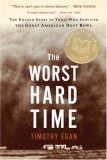
Critics' Opinion:
Readers' Opinion:
First Published:
Dec 2005, 320 pages
Paperback:
Sep 2006, 352 pages
 Book Reviewed by:
Book Reviewed by:
BookBrowse Review Team
Buy This Book
This article relates to The Worst Hard Time
The economic slump known as the Great Depression began in the USA but
ended up effecting Europe, and other industrialized parts of the world from 1929
to about 1939. It was the longest and most severe depression ever
experienced by the industrialized Western world. The US economy was
already in depression before the Stock Market collapse of October 1929, but the
precipitous decline in values put great strain on individual investors and
financial institutions (by 1933 11,000 of the US's 25,000 banks had been
declared insolvent). By 1932 stock prices were at just 20% of their 1929
value and manufacturing output was down 54% due to a drastic reduction of
demand; about 12 to 15 million workers were unemployed (about 25-30% of the work
force).
Interesting Link:
A wealth of information about the Dust Bowl period, including interviews with
those who lived through this period, and a timeline from
1930-1939, courtesy of PBS.
Did you know?
Does Timothy Egan see any parallels between the Dust Bowl and Hurricane Katrina, the
worst natural disaster of our time?
Egan: "There are so many echoes of what happened in the 1930s and the hurricane that
hit the Gulf Coast in the summer of 2005. For starters, there were ample
warnings that a large part of the United States could be rendered uninhabitable
if people continued to live as they did — in this case, ripping up all the grass
that held the earth in place. In one sense, the prairie grass was like the
levees around New Orleans; the grass protected the land against ferocious winds,
cycles of drought, and storms. Then after the big dusters hit, you had a massive
exodus: more than a quarter million people left their homes and fled. Never
before or since had so many Americans been on the move because of a single
weather event — until Hurricane Katrina. And finally there was the whole
restoration effort: President Franklin Roosevelt thought he could restore the
land to grass, plant trees, and maybe bring it back."
Read more from
this interview.....
![]() This article relates to The Worst Hard Time.
It first ran in the September 6, 2006
issue of BookBrowse Recommends.
This article relates to The Worst Hard Time.
It first ran in the September 6, 2006
issue of BookBrowse Recommends.
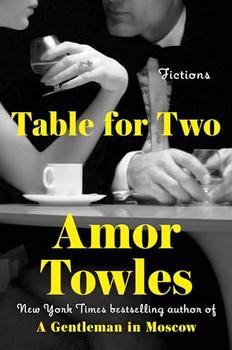
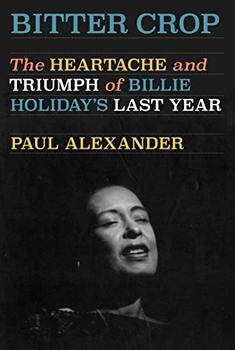
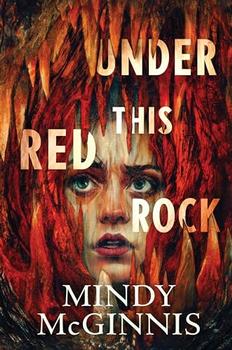
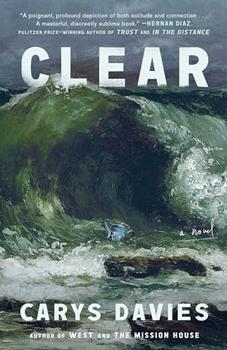

The House on Biscayne Bay
by Chanel Cleeton
As death stalks a gothic mansion in Miami, the lives of two women intertwine as the past and present collide.

The Flower Sisters
by Michelle Collins Anderson
From the new Fannie Flagg of the Ozarks, a richly-woven story of family, forgiveness, and reinvention.

The Funeral Cryer by Wenyan Lu
Debut novelist Wenyan Lu brings us this witty yet profound story about one woman's midlife reawakening in contemporary rural China.
Your guide toexceptional books
BookBrowse seeks out and recommends the best in contemporary fiction and nonfiction—books that not only engage and entertain but also deepen our understanding of ourselves and the world around us.